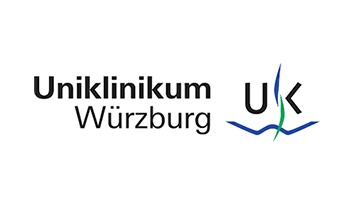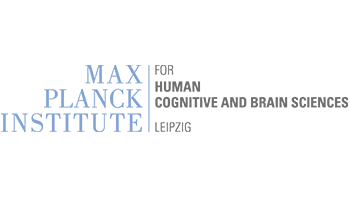Jan 5, 2025
Mapping dysfunctional circuits in the frontal cortex using deep brain stimulation.
Hollunder B, Ostrem JL, Sahin IA, Rajamani N, Oxenford S, Butenko K, Neudorfer C, … Li N*, Horn A*.
*equal contribution
Nat Neurosci. 2024; 27(3): 573-586.
doi: 10.1038/s41593-024-01570-1.
Download summary: ReTune PoY 2024
Brain disorders manifest through manifold different symptoms — yet a commonality resides in the presence of dysfunctional brain connections. To guide targeted therapy, an unequivocal mapping between circuit and symptom is pivotal. Commonly applied approaches such as functional neuroimaging have, however, remained largely inconclusive in this regard. As an effective treatment strategy for severe “circuitopathies”, deep brain stimulation (DBS) creates an “informational lesion” that downregulates aberrant information processing in dysfunctional circuits. Combined with advanced high-resolution connectomics, this property may render DBS an ideal tool for identifying dysfunctional circuitry.
Leveraging this approach, the present study aimed to identify dysfunctional frontal brain circuits whose stimulation was associated with optimal treatment success in Parkinson‘s disease, dystonia, obsessive-compulsive disorder, and Tourette‘s syndrome. Pursuing this research question was facilitated through retrospective data from 261 patients with a total of 534 implanted DBS electrodes which had been generously shared by ten DBS centers in seven countries. Electrode placement within the same, spatially circumscribed target area — the subthalamic nucleus — for all four disorders allowed for comparative analysis of dysfunctional circuits using precise electrode localization and computer simulations.
Identified circuits segregated the frontal cortex into distinct territories, ranging from occipital to frontal: Targeted treatment of dysfunctional connectivity between deep brain structures and the sensorimotor cortex in dystonia, the primary motor cortex in Tourette‘s syndrome, the supplementary motor cortex in Parkinson‘s disease, and aspects of the cingulate cortex in obsessive-compulsive disorder emerged as crucial for therapeutic success. Partial overlap of these circuits, however, suggests that dysfunctions in these disorders may not be entirely independent of each other. Focally, a similar — but miniaturized — organizational topography of dysfunction mappings was mirrored within the subthalamic target structure. In collaboration with DBS centers in Würzburg, Boston and São Paulo, first clinical validations of identified circuit mappings could be demonstrated through fine-tuning of electrode placement or stimulation parameters in three prospective patient cases.
Going forward, applying this approach across different circuitopathies may contribute towards a comprehensive “roadmap” of such symptom-network associations within the brain. In analogy to the connectome or genome, we introduce the term „dysfunctome“ to describe the entirety of dysfunctional connections that may occur in consequence of various network disorders. Further development of the technique is planned to identify malfunctioning brain circuits and personalize treatments on more granular (somatotopic or symptom) levels. Our findings not only provide new perspectives for neurosurgical therapies but also for non-invasive methods such as transcranial magnetic brain stimulation.
Barbara Hollunder
Barbara Hollunder is pursuing a PhD in the Movement Disorders and Neuromodulation Unit at Charité Berlin. Her scientific work is dedicated to investigating network effects of therapeutic neuromodulation using neuroimaging-based connectomics.
Ningfei Li, PhD & Andreas Horn, MD/PhD
Ningfei Li is a postdoctoral researcher with the Andreas Horn lab in the Movement Disorders and Neuromodulation Unit at Charité with scientific focus on methods development and imaging data analysis. A. Horn is also the director of DBS research within the Center for Brain Circuit Therapeutics at the Brigham and Women’s Hospital and appointed to Harvard Medical School. Between Berlin and Boston, his group studies the impact of neuromodulation onto networks of the human brain.











